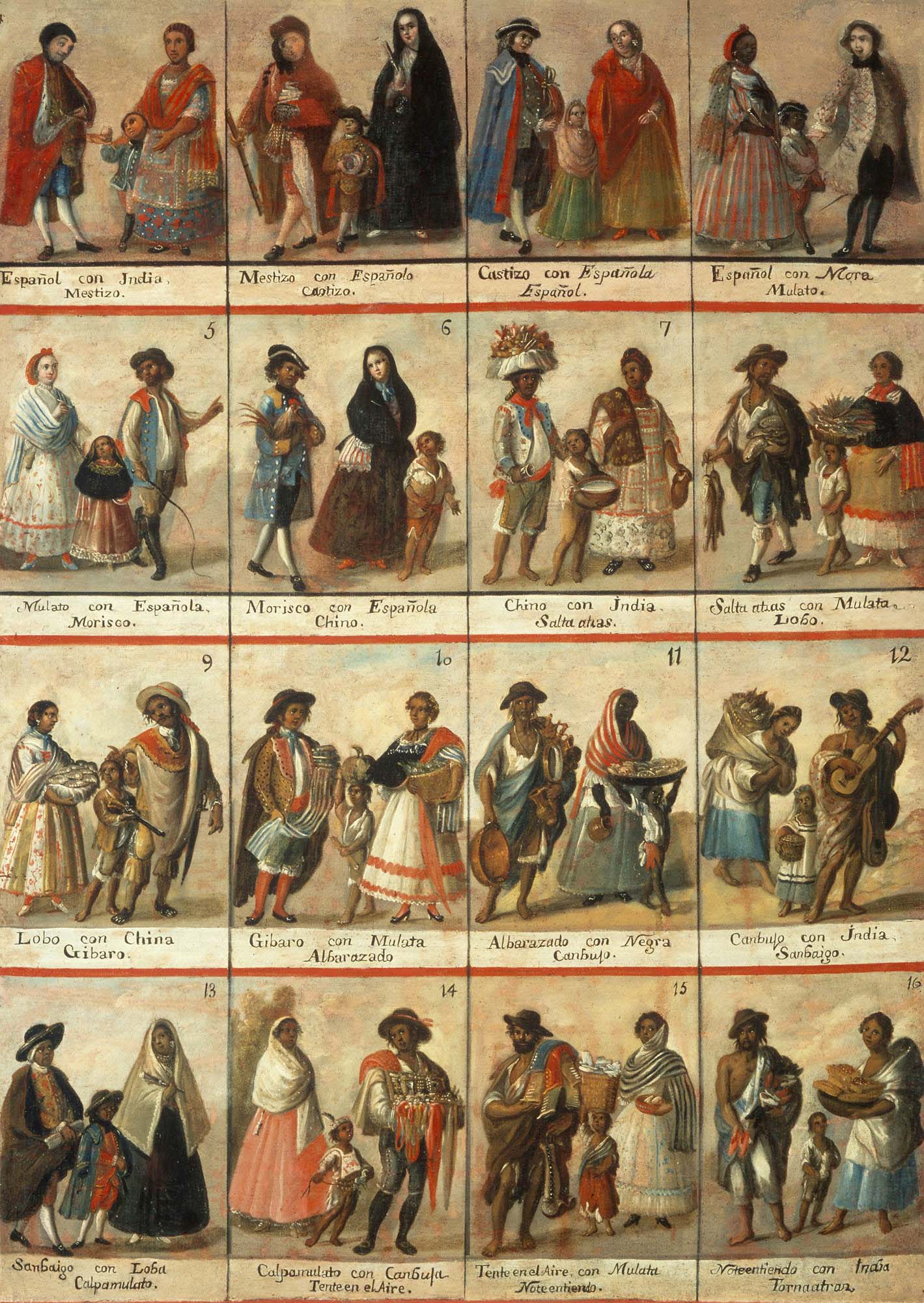The politics of race and death are, as Mbembe maintains in “Necropolitics,” inextricably linked. He cites Hannah Arednt, who traces this intertwining to “the shattering experience of otherness and suggests that the politics of race is ultimately linked to the politics of death” (17). Many of the examples Mbembe uses to illustrate his point are conflicts marked by ethnic, racial, political, and other kinds of otherness. Indeed, it is hard to imagine a conflict that does not involve, in some way, a process of othering. In civil wars, for example, citizens of a single nation undergo a violent process of rupture, with each side seeing their cause as just and their enemy punishable by death.
When we consider Mbembe’s article together with “Coloniality of Power, Eurocentrism, and Latin America” by Aníbal Quijano, this idea of racism as “a technology aimed at permitting the exercise of biopower, ‘that old sovereign right of death'” (Mbembe 17) takes on an even more sinister tone. Quijano asserts that “[t]he idea of race, in its modern meaning, does not have a known history before the colonization of America” (182). “In America,” he continues, “the idea of race was a way of granting legitimacy to the relations of domination imposed by the conquest” (183). It is clearly still used to that end in today’s society, both in the Americas and beyond.
Race in Latin America is particularly fascinating in the strict stratification that was produced and literally codified in a complicated system of hierarchies based on one’s ancestry. A system of castas (castes) was developed and formed the basis for social classification, mobility, and the lack thereof. It was represented in caste paintings, such as the one I include below, to instruct citizens of the ‘natural order’ of an increasingly, and often violently, intermixed society.
This pictorial representation of the arbitrary nature of race in Latin America (here, specifically, in Mexico) allows us to see not only a representation of a racialized hierarchy, but also its construction, perpetuation, and official recognition. For the purposes of this class, the particular manifestations of race that are represented in this painting, with specific clothing, professions, and objects pertaining to each class may be fruitful in our examination of the performance of race, the creation of this stratification, and will hopefully allow us to draw a line of continuity from the violence of colonialization through the present in terms of race relations in Latin America.
